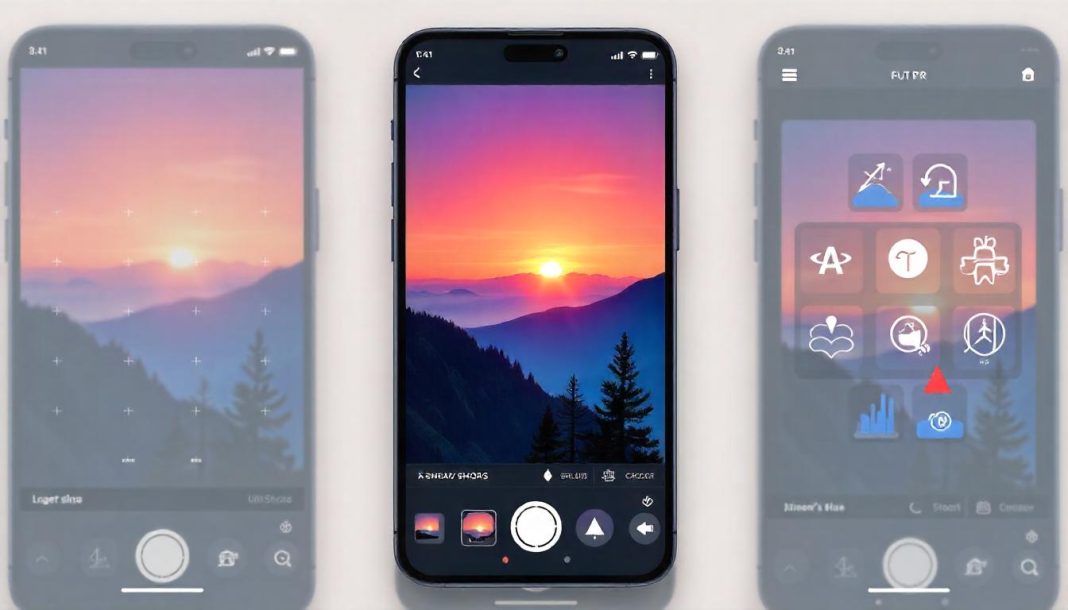Over the course of this series, we’ve journeyed through the fascinating landscape of AI art generator. We know what these tools are, how they work, how to wield them effectively, and the ethical tightropes they force us to walk. But AI image generators aren’t just tools sitting passively in a digital toolbox; they are active agents reshaping our visual culture, online interactions, artistic expression, and even our fundamental trust in what we see.
As these generators become increasingly accessible and sophisticated, their social and cultural ripples are spreading. Let’s explore some of the key ways AI is painting onto the broader canvas of our society in April 2025.
1. The Great Democratization… or Devaluation?
Undeniably, one of the most significant impacts is the democratization of visual creation. Anyone with an idea and access to a tool like Midjourney, DALL-E 3, or Stable Diffusion can now generate complex, often beautiful images without years of artistic training or expensive software/materials.
- Cultural Effect: This has led to an explosion of visual content online, empowering countless individuals to express themselves visually – illustrating personal stories, creating custom memes, visualizing concepts. It fosters creativity in those who previously felt excluded from visual arts. However, this democratization sparks debate. Many traditional artists voice concerns that the ease of AI generation could devalue the skill, time, and emotional labor inherent in human craftsmanship, potentially impacting livelihoods and the perceived value of art created through rigorous practice. The discussion continues: is AI augmenting human creativity or threatening to replace it?
2. Shifting Aesthetics: Is There an “AI Look”?
AI models learn from vast datasets, and their outputs can sometimes reflect inherent biases or lean towards certain popular styles. Early generators had very distinct aesthetics, and even now, trends emerge (like the recent viral “Ghibli filter” effect).
- Cultural Effect: We’re seeing the emergence of discussions around an “AI aesthetic.” While versatile, AI can sometimes produce visuals that feel hyperreal yet slightly off, or blend styles in ways humans might not. This AI-driven look can, in turn, influence human artists and broader design trends seen in marketing and online media. It potentially accelerates the already rapid cycle of visual trends online.
3. Redefining “Art” and “Artist”
AI fundamentally challenges long-held definitions. If an image is generated from a text prompt, who is the artist? Is the AI a tool, a collaborator, or the creator? Can AI be creative, or does it merely simulate creativity based on patterns?
- Cultural Effect: These questions fuel intense discussions in art communities, galleries, and academic circles. While legal systems (like the US Copyright Office as of early 2025) maintain that purely AI-generated works lack the human authorship required for copyright, the cultural definition of “art” is becoming more fluid. We see the rise of “prompt artists” and AI-assisted art forms. Museums and galleries are beginning to cautiously exhibit AI-related works, forcing consideration of where this new form fits within the art historical canon.
4. The Ultimate Meme Machine
AI generators are perfectly suited to the rapid-fire, context-heavy, often surreal nature of internet memes. They can instantly visualize niche jokes or react to current events with tailor-made images.
- Cultural Effect: This accelerates meme culture, enabling faster creation and evolution of internet humor. It allows for hyper-personalized memes shared within smaller groups. Research even suggests AI can generate memes that score highly on average for humor and shareability, though human wit might still produce the most impactful punchlines by understanding nuanced cultural context.
5. The Authenticity Crisis: Eroding Trust in Pixels
Perhaps the most concerning impact is the erosion of trust in visual media. As AI becomes capable of generating highly realistic fake images and videos (“deepfakes”) indistinguishable from reality to the casual eye, skepticism grows.
- Cultural Effect: People increasingly question whether any image or video they see online is real. Studies show people often can’t reliably tell AI fakes from genuine photos. This “liar’s dividend” makes it easier for malicious actors to spread misinformation and propaganda, while also making it possible for genuine evidence to be dismissed as fake. It profoundly impacts photojournalism, legal evidence, and our shared sense of reality, increasing the urgency for reliable verification methods and media literacy.
6. New Frontiers in Personal Expression
Beyond professional or public uses, AI image generation offers individuals new ways to explore and express themselves.
- Cultural Effect: Users craft unique digital avatars reflecting idealized or fantastical versions of themselves, visualize abstract thoughts or dreams, illustrate personal journals, or create bespoke art for their online spaces. It provides a rich visual language for identity exploration and communication in the digital realm.
Conclusion: Navigating Our Generated World
AI image generation is undeniably weaving itself into the fabric of our culture. It’s lowering creative barriers, spawning new aesthetics, fueling online communication, and challenging our fundamental definitions of art and reality. This technology acts as a mirror, reflecting both our creative aspirations and our societal biases, while also serving as a powerful engine capable of reshaping the visual landscape we inhabit.
As we move forward, navigating this increasingly generated world requires critical engagement. We need ongoing conversations about ethics, value, authenticity, and the evolving relationship between human creativity and artificial intelligence. The canvas is changing rapidly, and understanding these social and cultural brushstrokes is crucial for us all.



